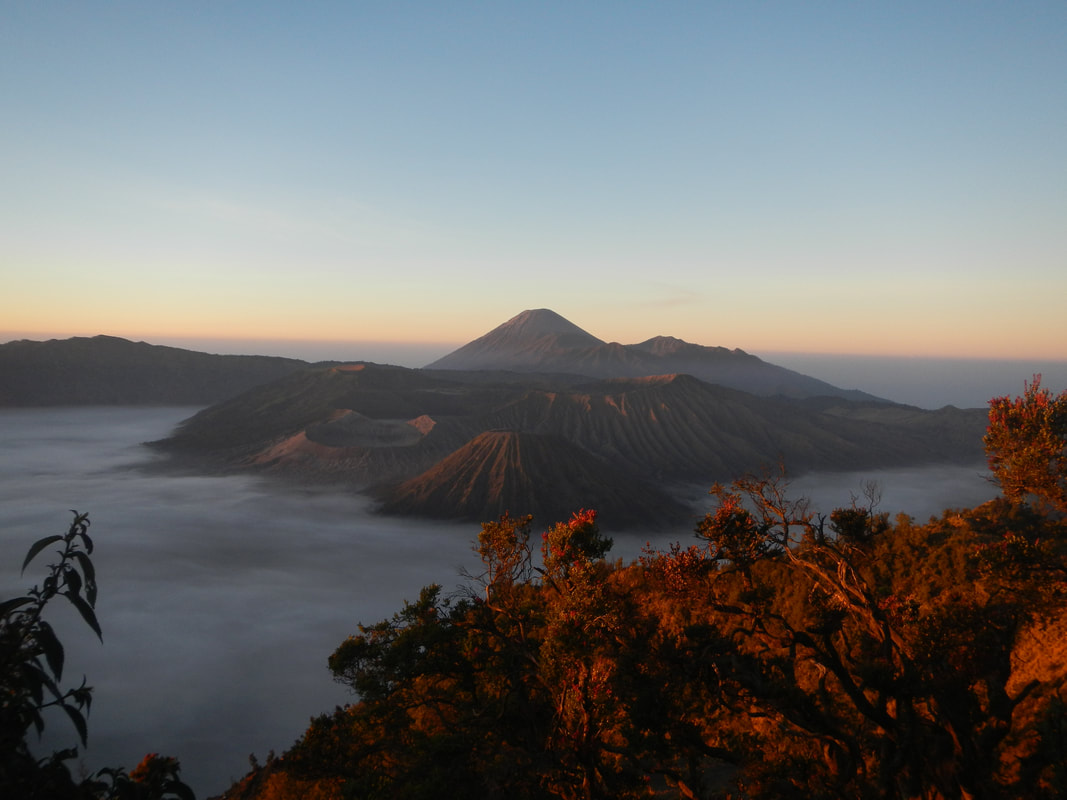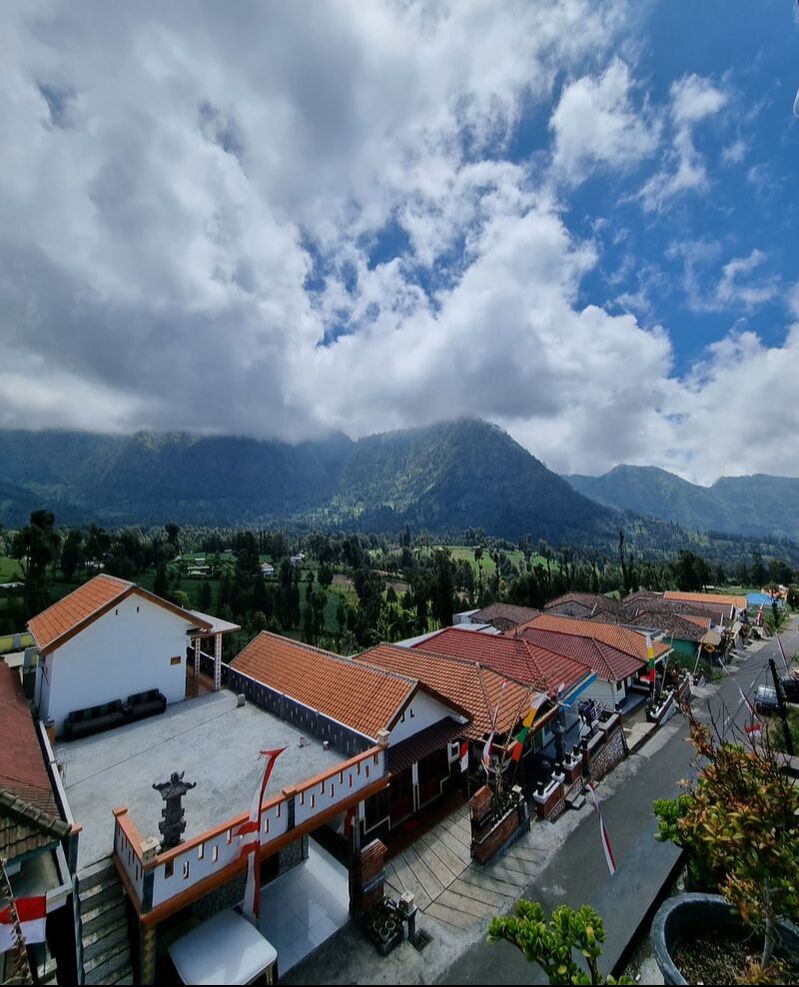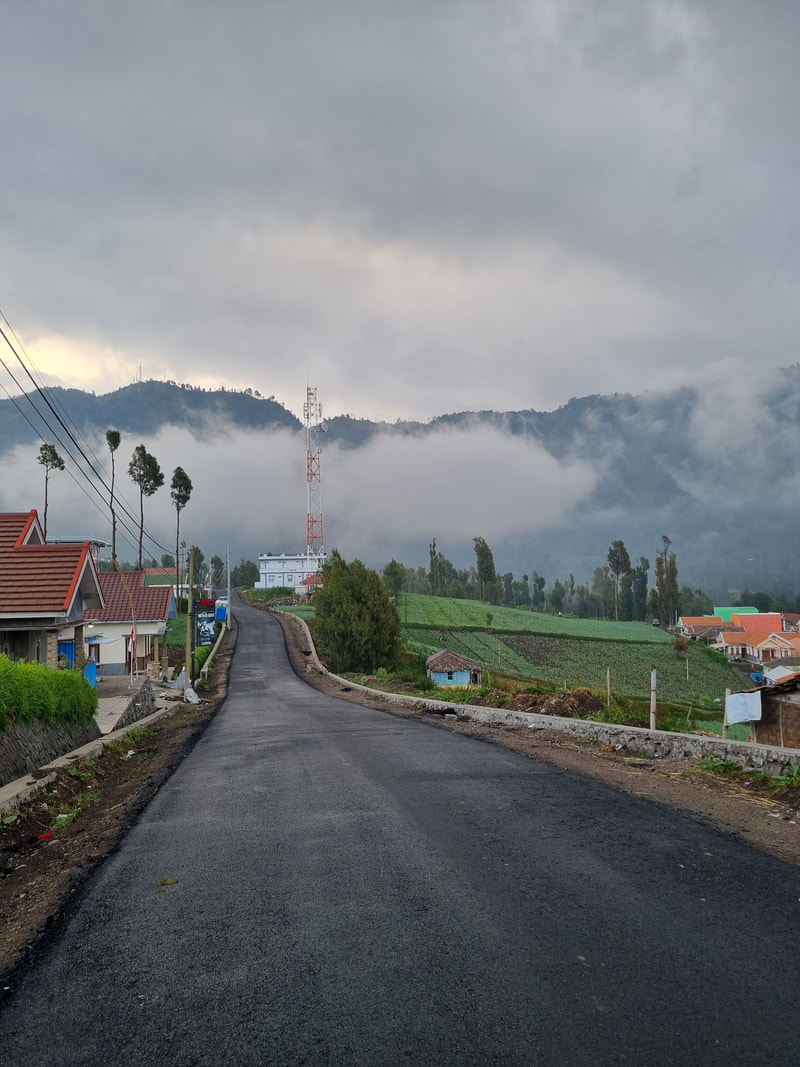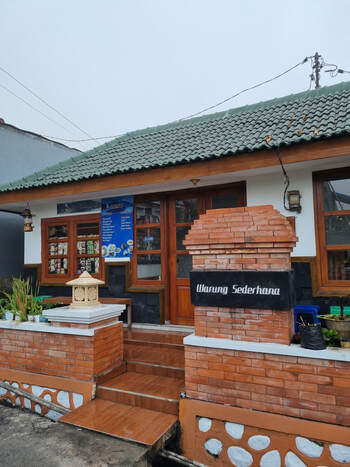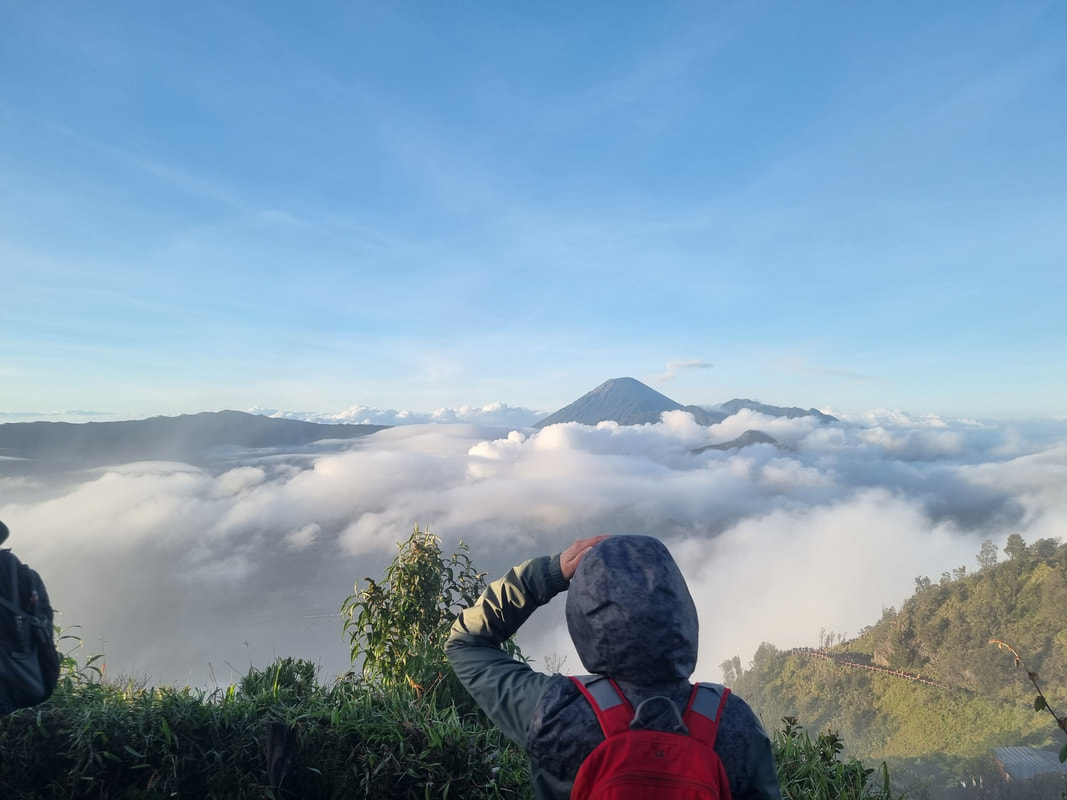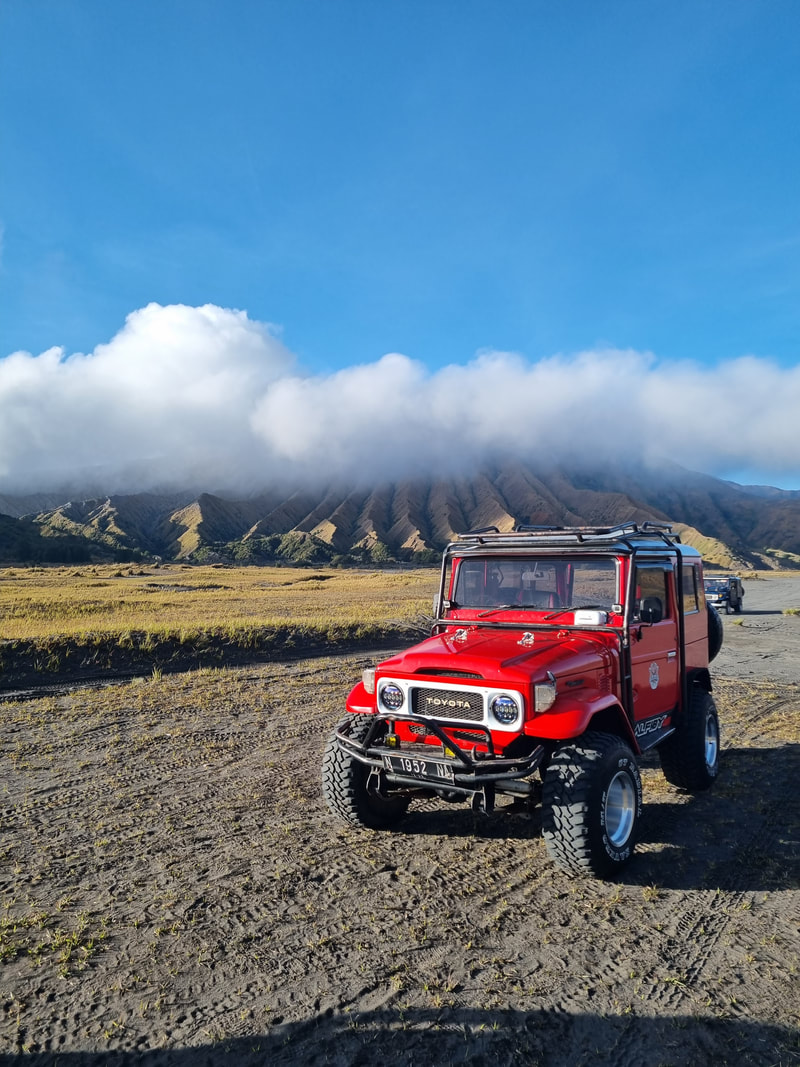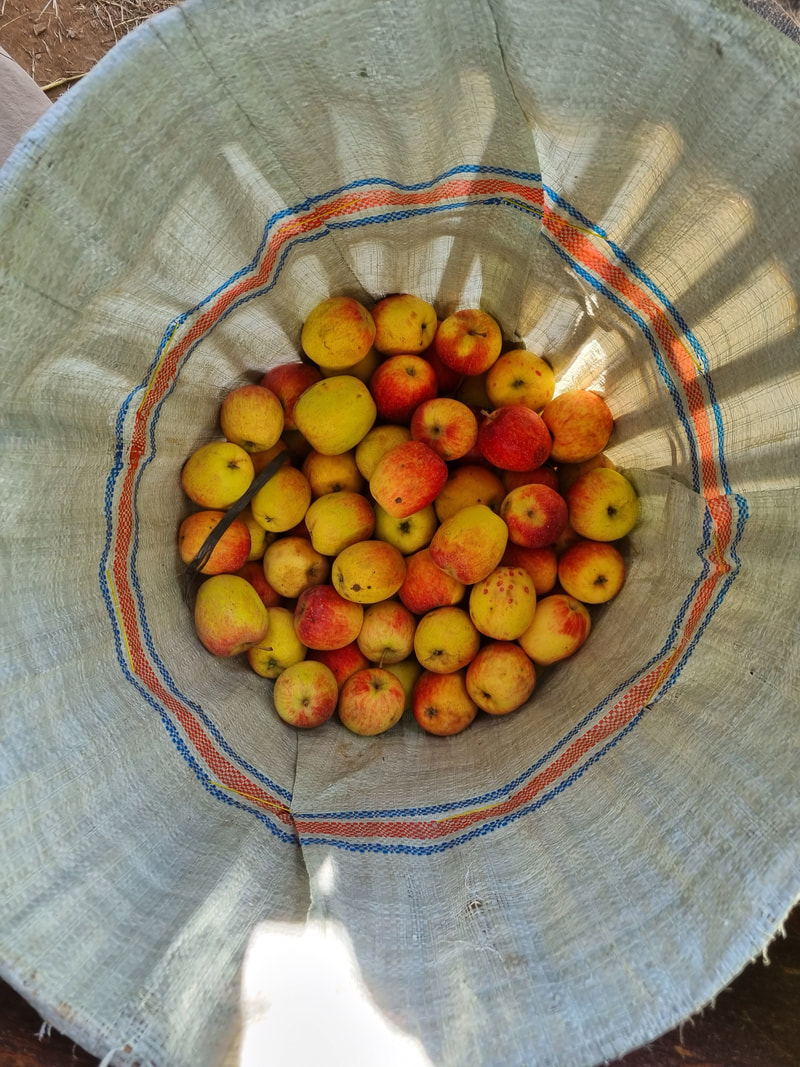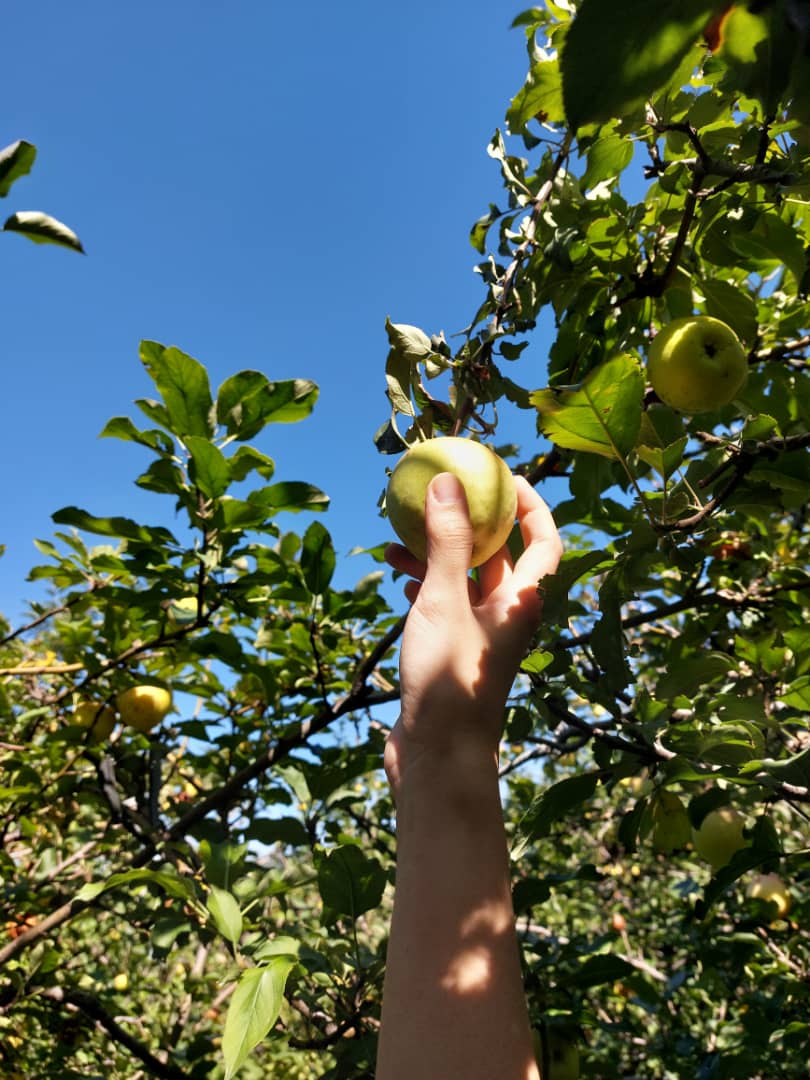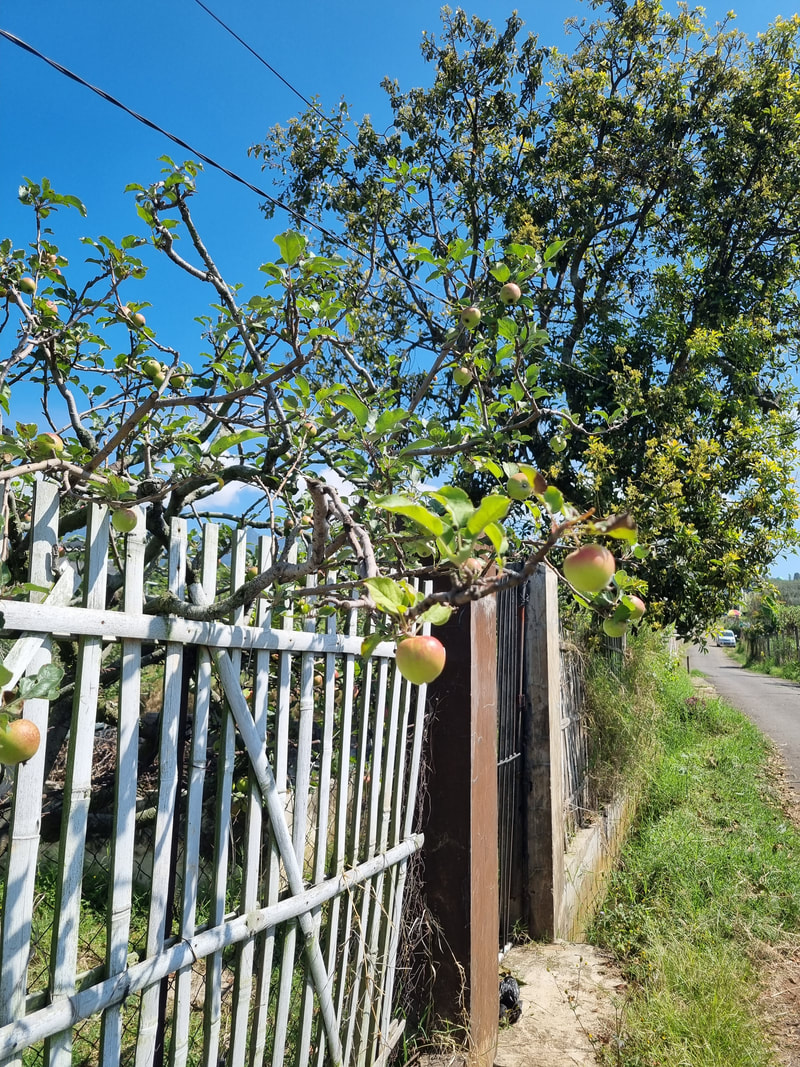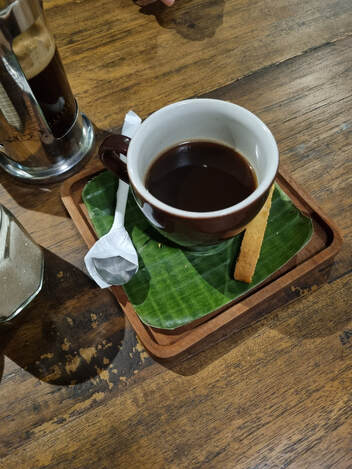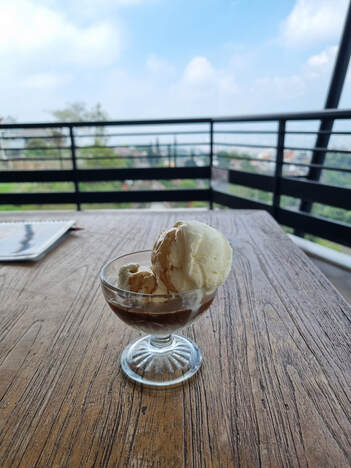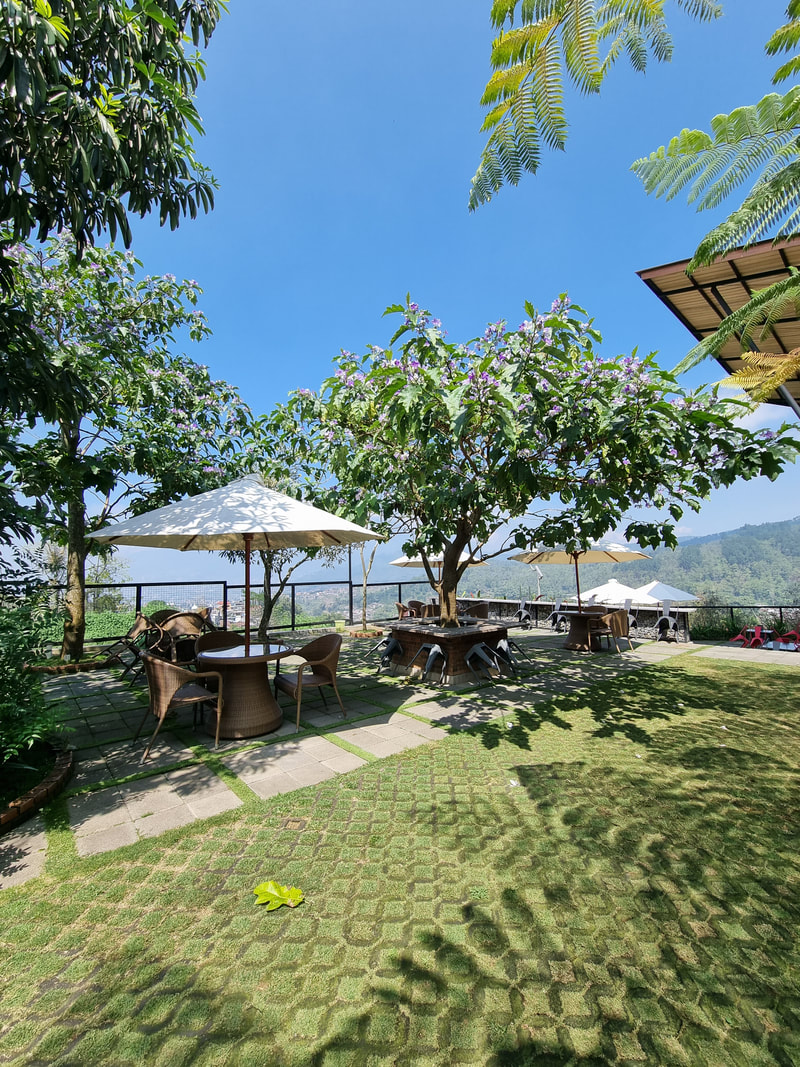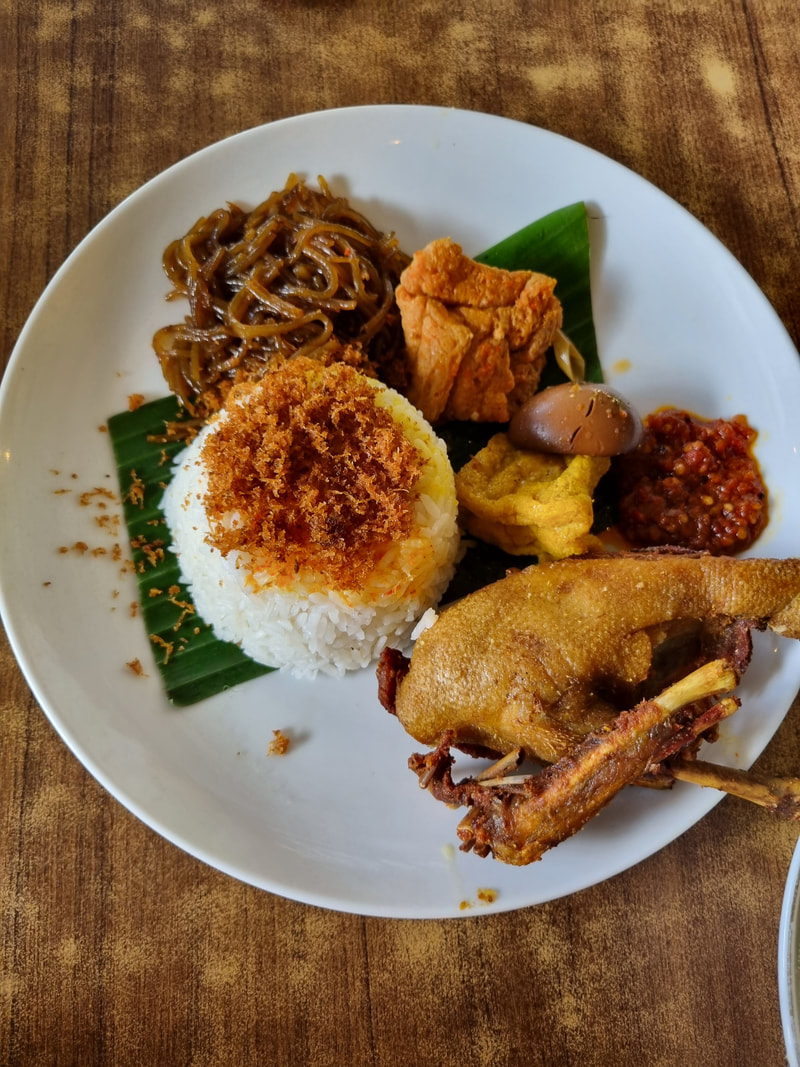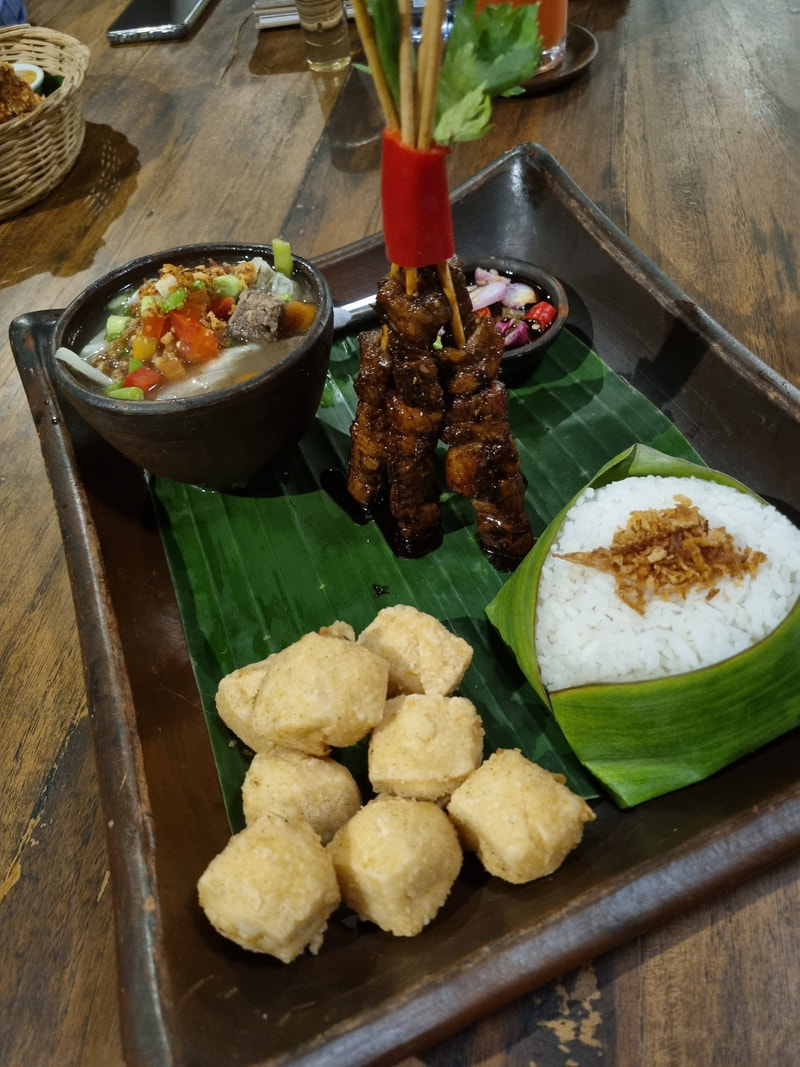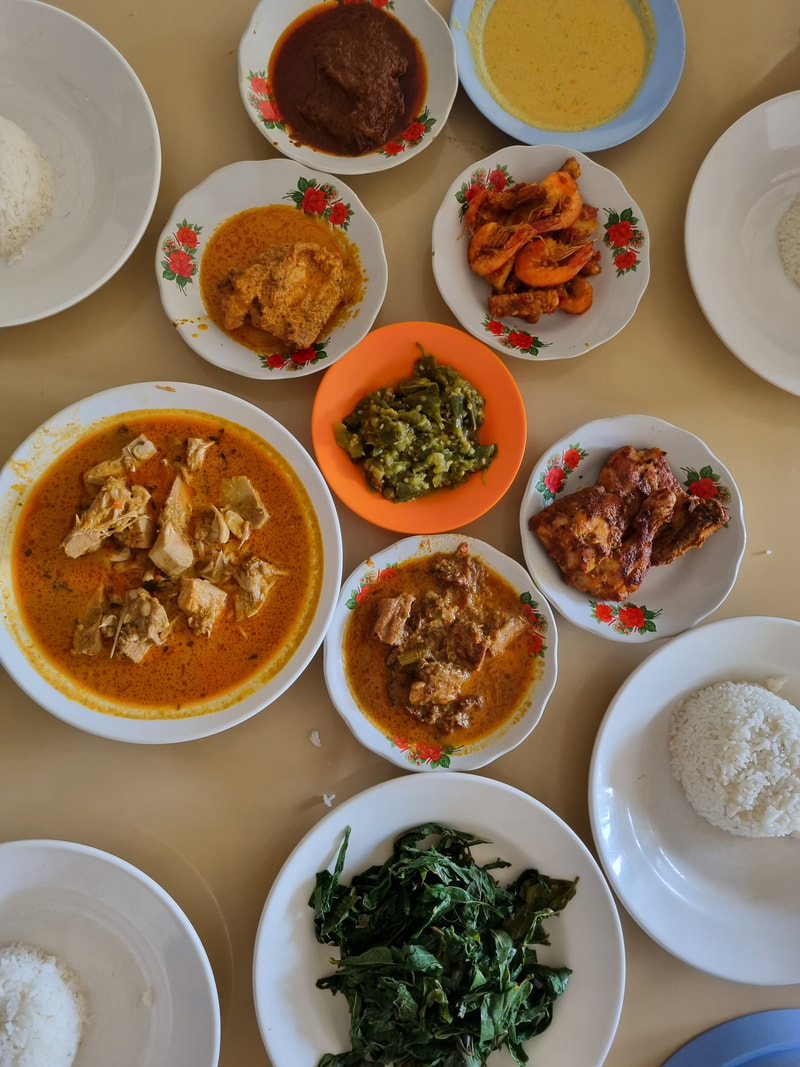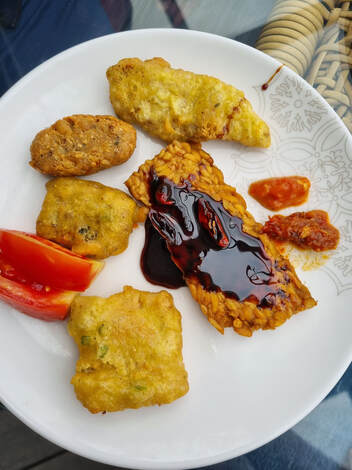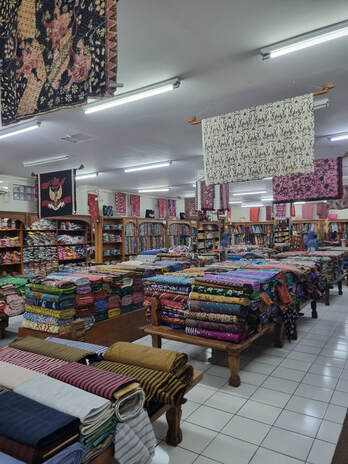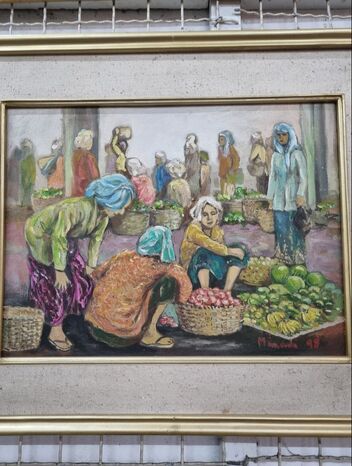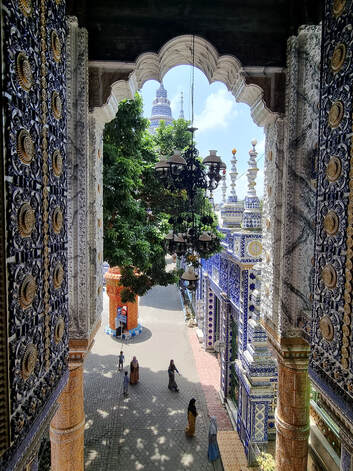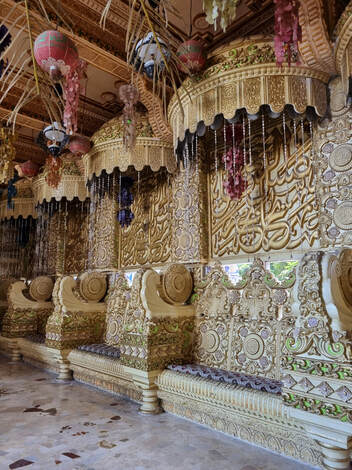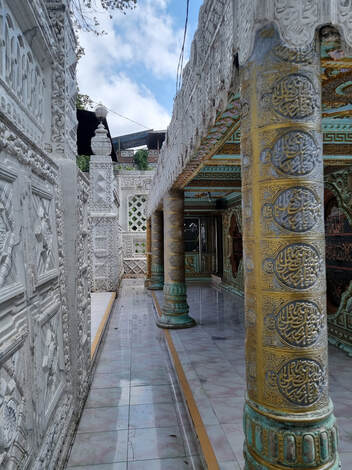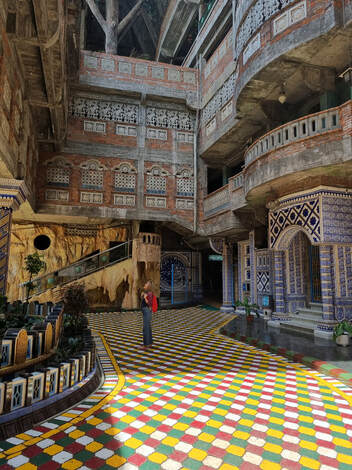|
Indonesia is an archipelago of more than 17,000 islands (wow!) together as a Republic. That being said, ‘exploring’ Indonesia could not be restricted to just seeing its most famous tourist destination, Bali, or checking out just one of its cities. Each main island is segregated into different regions, ethnicities, culture and geology, and so there is always something new to learn whether you’re in Sumatra, Sulawesi, Guinea, or in this case, East Java. Surabaya, located in the North East of Java, is Indonesia’s second largest city. A bustling place with a dense population, it is a great starting point to explore East Java’s great outdoors - the mighty Mount Bromo volcanic cluster and the cool, scenic highlands of Malang/Batu. Juanda International Airport is where one would typical land in, the closest international access point to these areas. From there, you could choose to hire a driver (contacts of which I will share at the end of this article), or take a public bus which would be a much cheaper option (albeit with more restricted access points, I’m afraid), and even trains (which I would say is pretty comfortable). Here are some places and activities I feel you must not miss when visiting Bromo and Malang/Batu, as well as a rough itinerary of how long you should spend on them. Small streets around the villages lead you uphill, through locally-owned farms and warungs (cafes) Take Long Walks Around The Agricultural Villages Around Bromo From Surabaya, it will take around 3 hours to reach the villages around Mount Bromo. Once you're there, you’ll be spellbound by the serene landscapes of the mountains - the fertile volcanic soil means that villagers around would naturally opt to venture into agriculture. Small houses line the narrow roads, the terraces are filled with vegetables growing beautifully, and pine trees dot the hillsides reminiscing somewhere in Europe, almost. In the afternoons and evenings, there really aren’t many things to do in these small villages, but taking a walk around them is such a treat. Pack a jacket and a bottle of water and you’re all set to explore the small lanes and uphill roads that lead to scenic views. There are plenty of small warungs (local cafes) when you need to stop and chill, and make friends with locals. Make sure to pack a jacket for your Bromo adventure - it gets pretty cold especially in the mornings/nights Catch the Sunrise Over Mount Bromo Mount Bromo is technically not just a singular mountain. It is actually part of the Tengger volcanic mountains of the Bromo-Tengger-Semeru National park ('Bromo' comes from the word Brahma, a Hindu God). Though perhaps being more famous due to its photogenic qualities, Mount Bromo is best viewed during sunrise, when the clouds descend and the early sunshine highlights the beautiful contours of the mountains. This will of course require you to get up extremely early in the morning (as early as 2am, as sunrise is around 5am), ride a jeep and head to the sunrise viewpoint. Almost all the hotels in Bromo provide this service, and be sure to get in touch with your accommodation at least a couple days prior to book your spot. After the sunrise, you can also opt to go towards the crater, where you can enjoy stupendous views of volcanic landscapes and beautiful green fields. The entire experience should be over my late morning, as the sun will then menace and it will be too hot to be in the vast, desert-like open space. Tip: Mount Bromo is absolutely freezing especially when it is dark out. Be sure to bring a jacket, and even a hot Thermos so that you can enjoy the beautiful sunrise while sipping a warm beverage. Beautiful organic apple farms with gorgeous hillside settings make for a wonderful morning spent outside Apple Picking In Organic Farms Around Malang/Batu Malang/Batu used to be an entire city, but these days the two are seperated, albeit still next to each other. You can easily reach Malang via bus, train or a rented car. Malang is an old city, dubbed the Paris van Java due to its mild climate. Back then, it was extremely popular with the Dutch during the early days of colonialism. Now Malang is a home to many universities, most of its historical buildings are well preserved and it is well-known for its cafe culture. Batu, on the other hand, is a popular area for agriculture, especially apple farming. Plenty of small, local farms offer the experience of apple-picking, and you can even take them home. In the early mornings with mild pleasant weather and hilly landscapes, spending your time at one of the organic farms browsing through trees and snacking on fresh apples is a pretty great way to spend your time. Coffee, affogato, mild weather, quaint cafes - the makings of a wonderful late afternoon Coffee Tasting In The Many, Many Cafes Around Town Javanese coffee is world-renowned. And so when you’re in the Javanese mountains with plenty of cafes serving single-origin coffee with elaborate care as to how they are grown and harvested, it’s almost a sin to not indulge in them. Most cafes around Malang/Batu have an extensive list of beans to choose from, and paired with wonderful weather, it is an enjoyable experience even for a novice like me. I recommend Java Roasters cafe in Malang (beautiful interior, delicious meals, friendly staff) and De Potrek Cafe in Batu (amazing views, delicious affogato) if you’re wanting recommendations. Be adventurous and try local delicacies in the many, many restaurants around town Sample Delicious East Java’s Local Delicacies If you’re not trying out local cuisines while you’re travelling, did you even travel? Indonesian food is an identity of its own, often recognised for its sambals and spices. In East Java especially, a popular favourite is the pecel, which are blanched vegetables dressed in smooth, mild peanut sauce (they give your usual salad dressing a run for its money). Malang, on the other hand, is also called ‘tempeh town’, and true to its name, tempeh is everywhere. Served in many different ways and variations, it’s definitely an experience to sample them. Other notable local specialties are deep-fried duck (crispy skin!), beef rendang, soto and satay (all of them taste different from the Malaysian versions, so give them a shot!). From intricate hand-made batik to art pieces made by local painters, you'll be spoilt for choice Feast Your Eyes (Or Even Get One For Yourself!) On Local Batik and Art Pieces Art is a beautiful exhibition of local culture, and East Java has plenty of it. Perhaps more notable for its batik, there are plenty of local stores that sell garments and ready-to-wear clothing made with specific Javanese batik prints. Even if you’re not interested in buying one, checking them out gives you an idea of the intricacy that goes into producing these pieces (and even what they actually mean). Art pieces made from local artists are also depict the region’s history and lifestyle. The best part? Most of them are quite affordable to purchase. Most of these shops open all day but close early at night, so it's best to get this done during the day. A gigantic, elaborate showcase of architecture, Tiban Mosque is an interesting place to visit in the afternoons Explore The Alluring Tiban Mosque
Tiban Mosque is located quite a distance away from the main Malang Town, so if you plan to go, be sure to allocate at least half a day for it. Getting a hired car or a rental would be the best option, as it is located away from the main city/town. A beautiful religious complex constructed in the middle of a village, Tiban Mosque gains inspiration from Spanish, Buddhism and Eastern Europe architecture. It also serves as a religious school and the compounds are beautifully curated. A shrine takes centre stage outside the main building, although the interior of the mosque is also stunning. The entire area is beautifully shaded with palm trees and one could not deny the sense of zen this place invokes. Legends had it that this mosque was built by djins in the middle of the night, because no one noticed the building of it during the day. The truth was the government had initially disapproved of the construction, and so villagers resorted to building it at night instead. The mosque provides an interesting offset of luxury from its surrounding, with tiles imported from Europe, chandeliers everywhere, a maze of beautiful rooms for different purposes and magnificent domes. Entrance to the mosque is absolutely free, although donations are absolutely welcomed. Modest dressing is compulsory. NOTE: If you're looking for a driver for your trip in and around Surabaya, you can always contact Dewo ( Phone/Whassap: +6285232157200, Facebook: Ajen Trip Bromo) who brought me around. He was nice and courteous and very helpful! |
Archives
May 2024
Categories
All
https:/
/www.bootsoverbooks.com/
|
